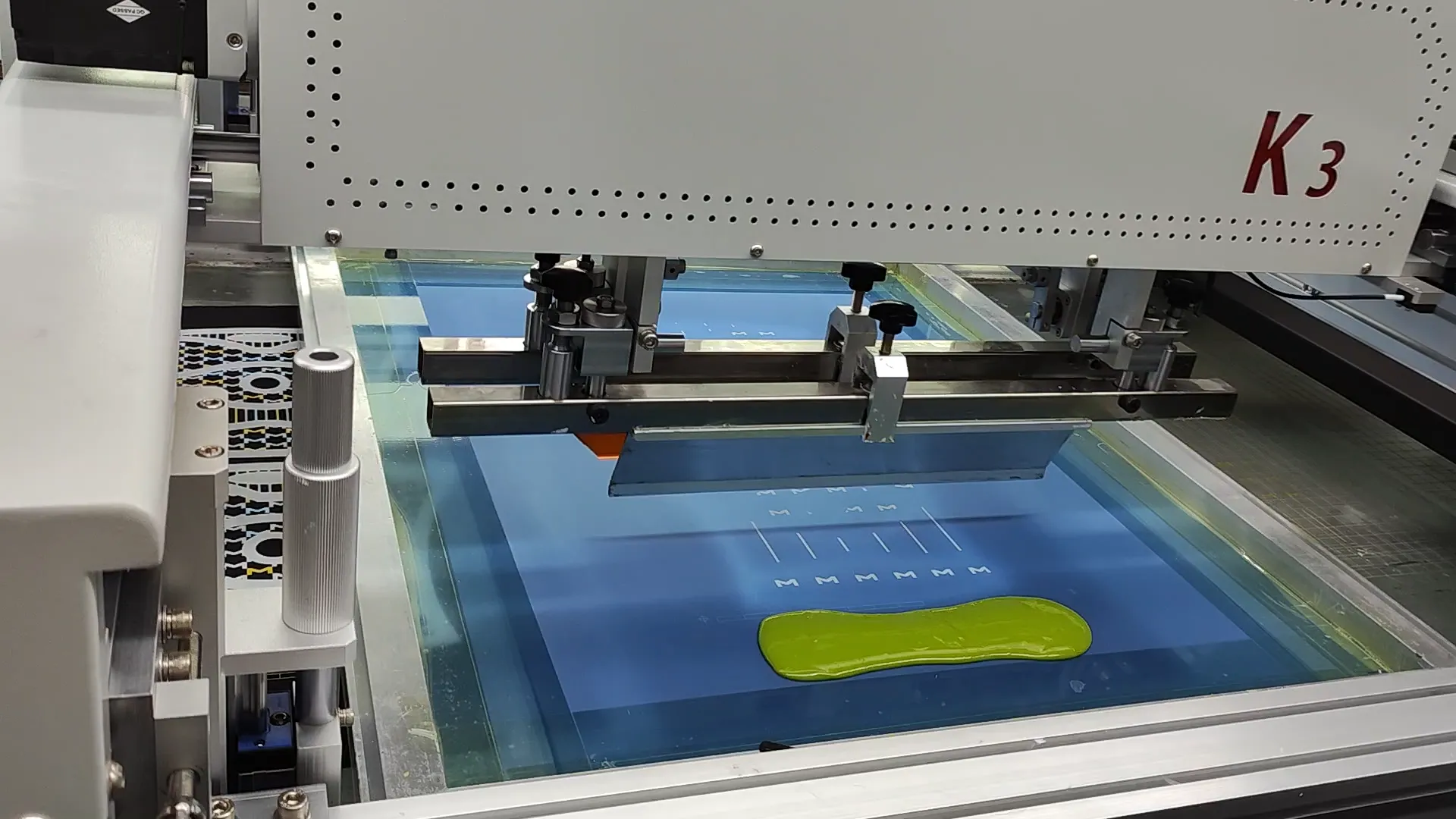Overview:
Screen printing is the most popular technique in apparel printing, especially in the field of T-shirt production.Approximately 90% of store-bought T-shirts feature silk screen prints, highlighting the prominence of this method. Silk screen printing involves a series of intricate steps including design, film output, screen exposure, printing, and drying.

Silk screen printing relies on vector-based output for plate making.Theoretically, any design can be reproduced using silk screen printing techniques. However, the precision of the process may vary due to practical constraints. A simple way to gauge the feasibility of a design is to enlarge it on a computer monitor to a 1:1 scale. If the design's details and colors are clearly discernible and easily identifiable, it is feasible for printing. Hence, when creating design drafts, it's advisable to provide factories with vector design originals (e.g., AI, CDR files). If the design draft is in bitmap format (e.g., created in Photoshop), providing the PSD format source file is preferred.
Film output, akin to photographic negatives, involves a reverse process of composition. During design composition, different colors and shapes are combined using techniques such as collage and overlay to form the desired pattern. When producing film outputs, this process is reversed by disassembling the colors and assembly methods used by the client to create each color element required for the pattern. These elements are then outputted as black negatives for plate making. Most apparel silk screen film outputs employ spot color output, where each color composition in the design requires a separate film to produce a spot color silk screen plate for printing (until the advent of CMYK four-color printing).
Screen exposure utilizes photosensitive technology. By employing photosensitive materials, areas to be printed and areas to be left blank are determined through exposure and washing techniques.
Screen Frame:
A frame used to support the entire silk screen plate. The selection of various specifications and sizes depends on practical printing requirements. Currently, aluminum alloy frames are predominantly used.Mesh: Screen exposure requires various sizes of mesh, selected according to the printing requirements of the item. "Mesh count" is the specification unit of silk screen, referring to the number of holes in a length of 1 inch (25.4 millimeters). Since there are corresponding technical standards for silk screen production, meshes of different sizes have prescribed silk diameters.A higher mesh count corresponds to higher printing precision.
After stretching the mesh over the frame, apply photosensitive material uniformly. Attach the film negatives securely. Expose to ultraviolet light. The exposed parts will form an opaque film. Rinse the parts blocked by the film negatives (black) with water, rendering them transparent. The combination of mesh and film negatives results in transparent tiny holes. During silk screen printing, printing inks penetrate the fabric through these transparent holes. Different colors are printed using different silk screen plates, ultimately reproducing the client's original design. In conclusion, the effectiveness of silk screen printing hinges on various details. Factors such as film precision (measured in lines) must correspond with mesh precision (mesh count). While theoretically, higher line counts and mesh counts yield clearer patterns, the choice of printing materials must also be considered. Given the intricacies involved, precision in silk screen printing can be described in micrometers (μm), emphasizing the accuracy of the printing dots.
Here, you can submit your questions and needs online, we will contact you as soon as possible or direct online reply!
If a response is urgently needed, please call 00864009969505
 WeChat
WeChat